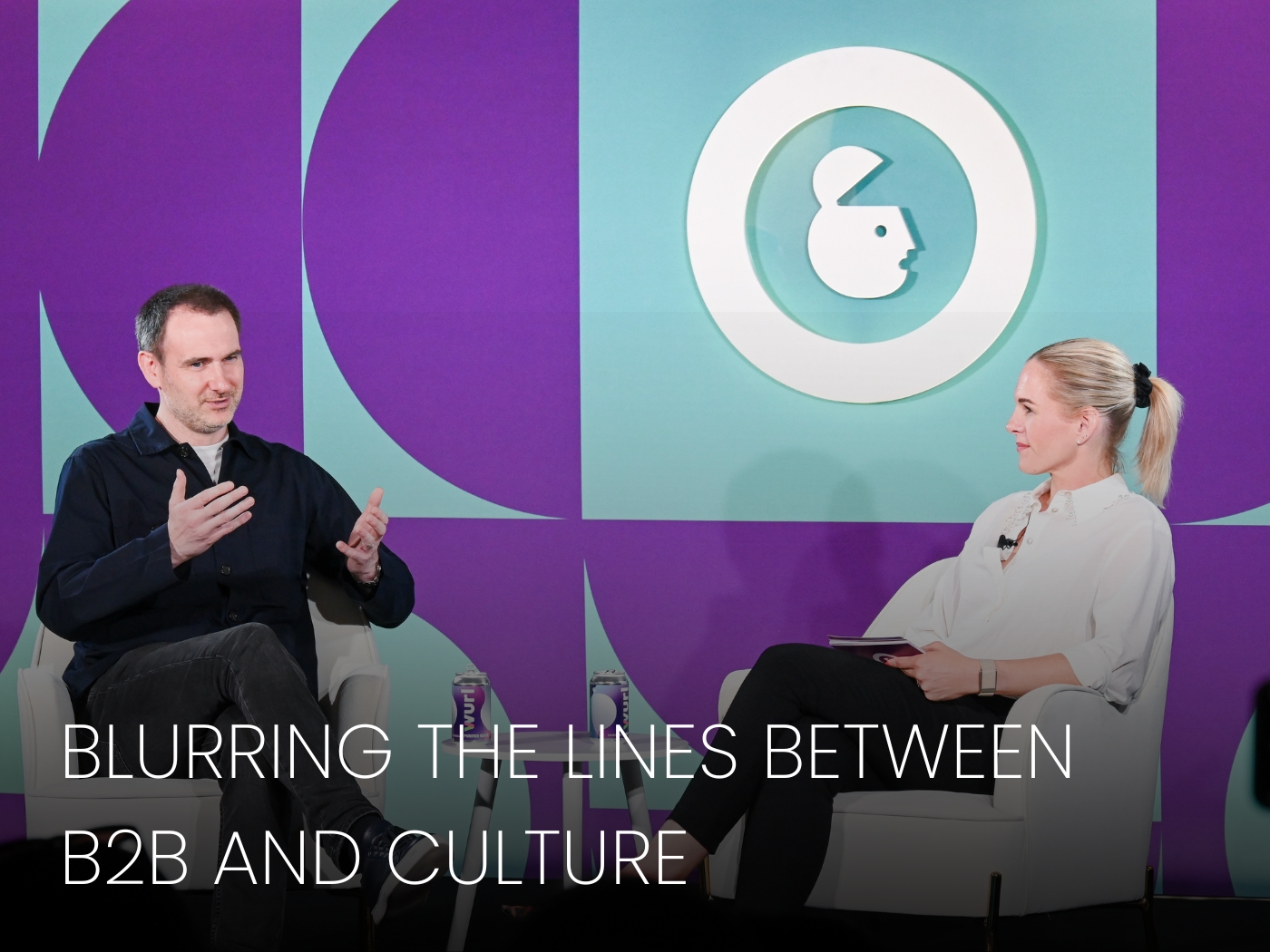Once again Propeller brought the scoop to Advertising Week New York—detailing what senior editors and reporters are looking for from PR pitches and briefings, as well as how they pull together a story.
Our U.S. Managing Director Mary Cirincione took to the stage with Business Insider Senior Correspondent Lara O’Reilly and Digiday Senior Editor Michael Burgi to talk emails, exclusives, and embargoes with the constant aim of improving PR-agency-reporter processes and ultimately, relationships.
The audience got an idea of just how many approaches and pitches trade journalists receive when Lara said she received between 200-300 emails a day. She explained that with that many pitches there had to be shortcuts to find the must-read relevant stories for her audience—quick hacks included avoiding “capitalised letters [and] really long subject lines.” She also said that it cues her spidey senses when it’s an email from “someone I’ve not heard from before [or] perhaps someone I hear from too often.”
But the big question—as to what media want—was always at the fore.
“We want to be writing exclusive stories, interesting pieces of insight that nobody else has found. Contrarian analysis. We want to be breaking scoops, investigations, that sort of thing.”
Michael added that he valued exclusives above “pretty much anything else” but it had to be a real story with industry impact and not just badged as an exclusive to get the journalist’s attention. Persistent offenders just won’t have their next pitch taken seriously.
He expanded his thoughts to say, “I do like the smarter story,” where the angles and implications of news are explored more deeply and added that some of the most valuable information he can receive is from senior executives on background. Such conversations may not lead to an immediate mention for the PR’s client but help build a relationship and means the journalist will be more receptive to future pitches.
When it comes to news, he stressed, “I very much value a conversation with a comms person who actually has access to the information that I want. And there are some really valuable comms people who understand they can talk about stuff that will never go in my story but that help me understand the context, the framework and can inform my story - this is worth its weight in gold.”
Both journalists made the point that just because an agency provides an exclusive does not guarantee that it will appear “as a self-contained story.” They will absolutely speak to other sources and look at research to illuminate the story. Michael said, “We wouldn't be doing our jobs if we weren't incorporating context, maybe a contrary opinion and other opinions… you've got to entrust that we are going to write a fair story.”
When it came to the use of embargoes the journalist detonated a couple of myths, calling the current obsession “just insanity.”
They stressed that saying they will honour the embargo is not a pledge to write the story and quite often the story doesn’t warrant the embargo. The use of the embargo as a tactic to get wide coverage versus going exclusive was debated – Lara pointed out that “there is value in that one ripe, beautifully crafted piece of coverage” and there should be a better understanding that publications need strong, interesting and important stories to drive audiences or subscriptions.
Final pieces of advice for PRs included:
· Be excited about what you’re selling in. If you’re excited there’s more chance the journalist will be, also.
· Understand that every meeting does not have to be transactional. Every meeting does not need to produce an immediate story. Always explain to the client the importance of relationship building and meetings—which we often call foundational sit-downs—are core to that.
· Always have the goal of helping media to spot trends or connect dots. That’s how to add further value.
· And this one was non-negotiable: Do your homework when it comes to grasping a journalist’s beat and what they cover. Don’t pitch blind or uninformed, and don’t make assumptions. Nothing pisses off a reporter more than a random, ill-tailored or “spray-and-pray” pitch.
You can watch the full video of the session on the Advertising Week New York content hub.
More blogs from Advertising Week New York 2025


.png)
-1.avif)